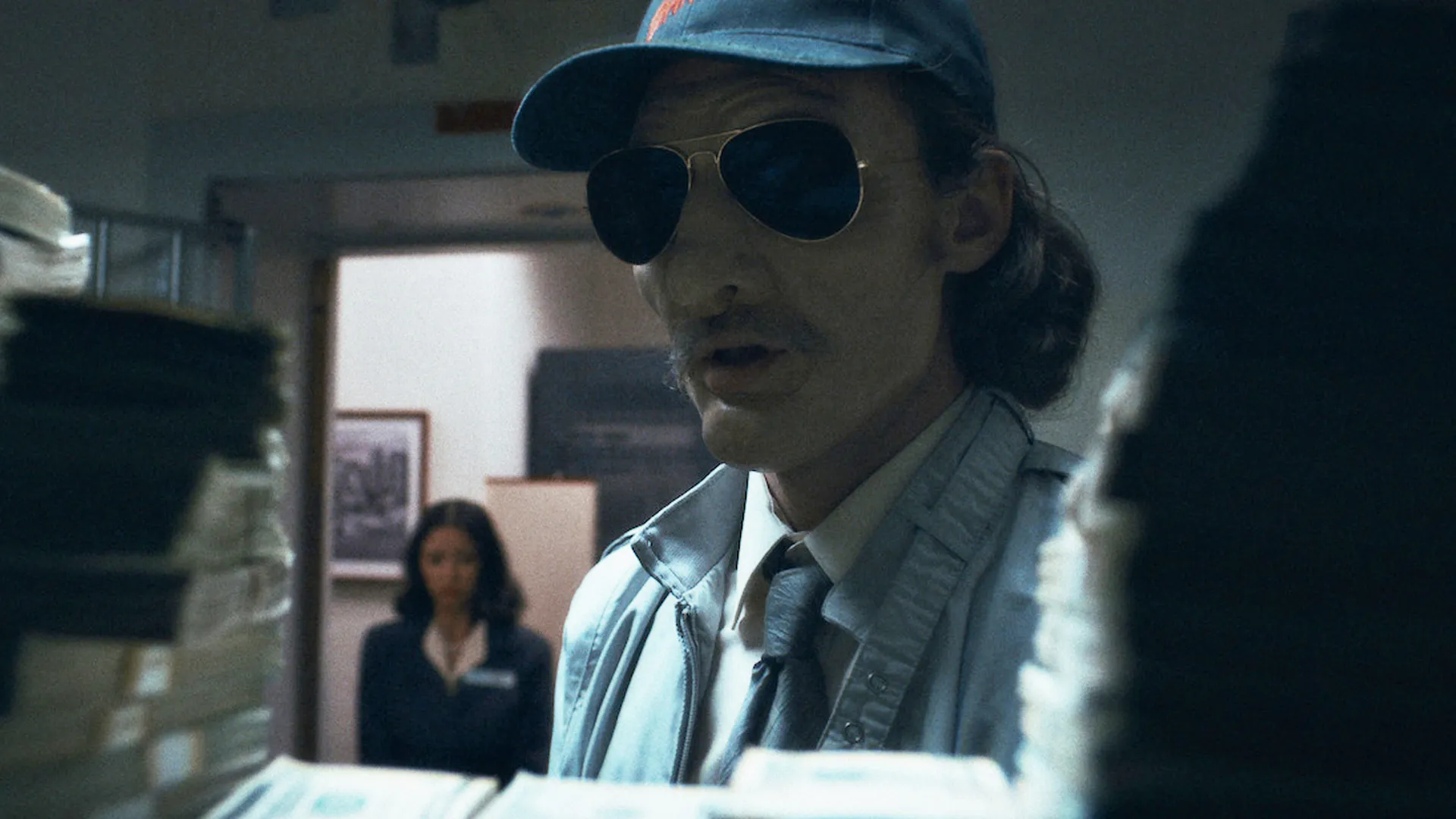The Dangerous Allure of Netflix’s How to Rob a Bank. As I’ve stated before, I do love me some documentary love. If you hit play on a documentary near me, I’m pretty much a deer caught in headlights until it’s ended. And with Netflix’s latest true-crime documentary, How to Rob a Bank, directed by Stephen Robert Morse and Seth Porges, it has not only caught me in its headlights, but audiences around the world with high-octane narrative and intricate psychological profile of Scott Scurlock. Scurlock, known infamously as “Hollywood” by the FBI, is such an interesting character. We watch as the film chronicles Scurlock’s transformation from a meth cook to one of the most prolific bank robbers in U.S. history, successfully pulling off numerous heists and amassing over $2 million between 1992 and 1996.
I gotta say, that while the documentary is riveting entertainment, it also raises significant concerns about its potential impact on viewers. The portrayal of Scurlock, his meticulous planning, and the so-called “art” of his heists might inadvertently be a doctoral course on how to get started in the vocational path of how to rob a bank. No, I’m serious. I learned a ton of details about how Scurlock moved from just taking the cash from the drawers out front, to moving his way successfully to the bank vault in the back. Like… literally.
I do have to say that the film does a really great job avoiding the standard true-crime tropes and clichés, by blending animated storyboards, reenactments, and firsthand accounts to create a riveting narrative. Journalists and law enforcement officers recount the era in Seattle when the city’s burgeoning tech industry resulted in banks being flush with cash, painting Scurlock as a modern-day Robin Hood who stole from “fat corporations” and occasionally aided environmental groups and friends.

I have to say, that I was completely awestruck by the persona of Scurlock. He was utterly compelling apparently. Described as a free-spirited adventurer, who built an enormous tree house where he lived, and led an unconventional lifestyle. Yet, his allure is also his danger. Scurlock’s ability to manipulate and inspire those around him, drawing them into his criminal activities, underscores a darker aspect of his character. His journal entries reveal a man driven by a relentless need for thrill, ultimately consumed by his addiction to the adrenaline rush of bank robbing.
The documentary’s exploration of Scurlock’s psyche and his ultimate downfall offers a gripping story, but it also serves as a cautionary tale. The detailed recounting of his methods, from the use of prosthetics for disguises to the strategic planning of each heist, poses a risk of inspiring copycats. The narrative may unintentionally serve as a how-to guide, particularly in an era where disillusionment and economic disparity can drive individuals to desperate measures.
How to Rob a Bank is a brilliantly well-produced documentary that delves into the mind and addictions of a fascinating human being. But it also might be a primer for others who are also interested in following in Scurlock’s footsteps? I mean, it might just be a college course in getting started. But viewer beware! See this through to the end to see where this lifestyle might ultimately end up for you!
Edited by: CY

